With only a four-hour flight from mainland USA’s East Coast, a visit to Iceland can easily be done in just a few short days. It’s also great for a stopover between North America and mainland Europe, and with IcelandAir’s “extended stopover” program, it’s easy as pie. Convenience aside, Iceland is a breathtaking place that should be on every traveler’s bucket list, especially for those who love nature and wildlife. When planning a trip to Iceland, which can be quite unpredictable, here are 10 factors to consider.
1. The Nature
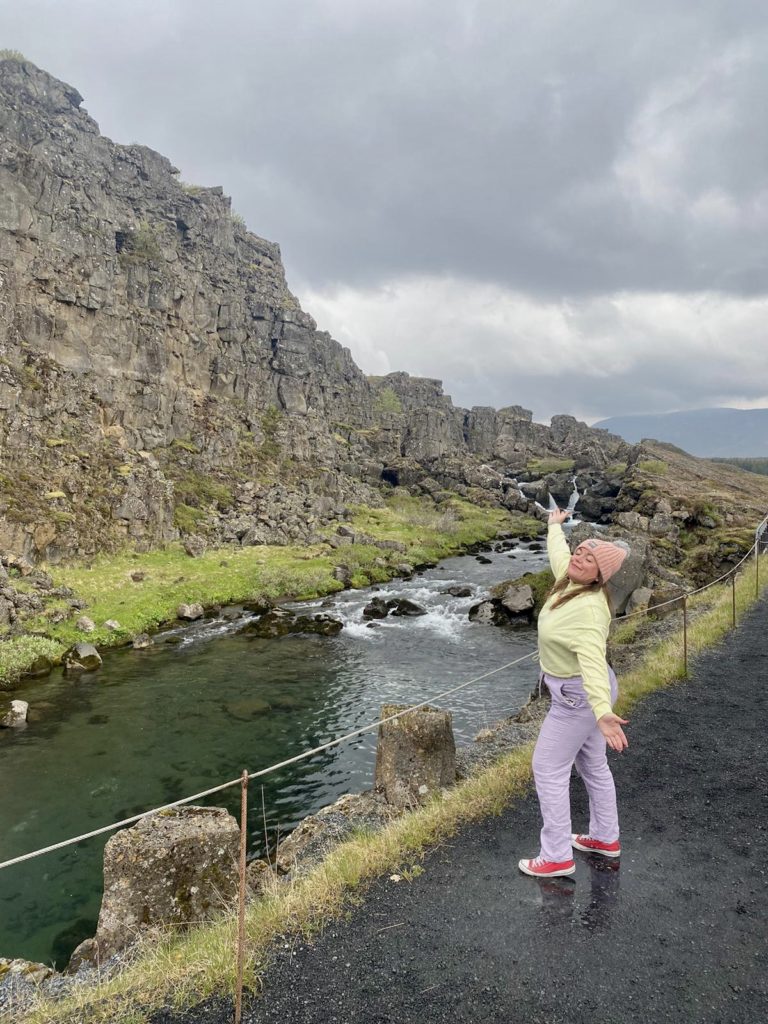
Anyone who has visited Iceland may disagree on a number of things, but one thing that remains consistent is peoples views on just how truly beautiful this island nation is. You are bound to see vastly different landscapes, from glaciers to waterfalls to volcanoes to beaches to geysers. You name it, Iceland has it. You can fully immerse yourself by scuba diving/snorkeling between a tectonic plate separated by the North American and European continents, hiking an active volcano, or swimming outside in a geothermal pool. The options are endless, but no matter what you choose to do, prepare to be stunned by the natural beauty of everything around you.
2. The Safety
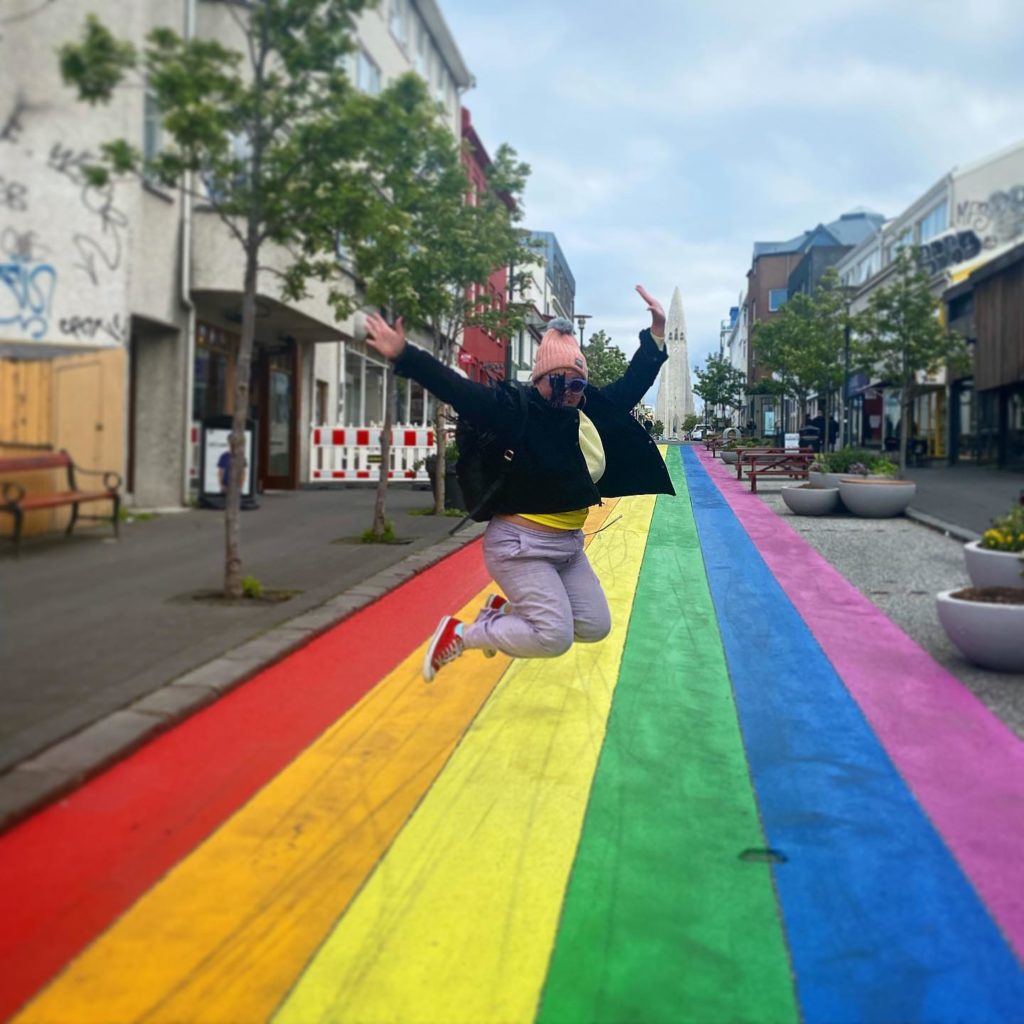
Never have I met so many other solo female travelers in one place. Iceland is extremely safe, to the point that your odds of seeing a sheep or a horse is more likely than spotting a police officer/car. I try to shatter the misconception that places are notoriously dangerous, and I practice street smarts and common sense no matter where I am, but Iceland is so safe that you can leave your bag, laptop, and cell phone unattended and not have to worry. As a solo traveler, I am often glued to all of my belongings; this gets especially annoying if I have to use the restroom, but in Iceland, I quickly realized I could let some of those precautions go. Because of this, I would say Iceland is a wonderful spot for not only solo travel, but for families as well. Perhaps even more notable is Iceland’s inclusion end celebration of the LGBTQ+ community. Throughout the country, you will see rainbow flags, streets, and murals in support, and you will meet people bursting with pride to be a part of these communities. Leave your worries at home and travel at ease knowing you’re in one of the safest countries in the world.
3. The Cost
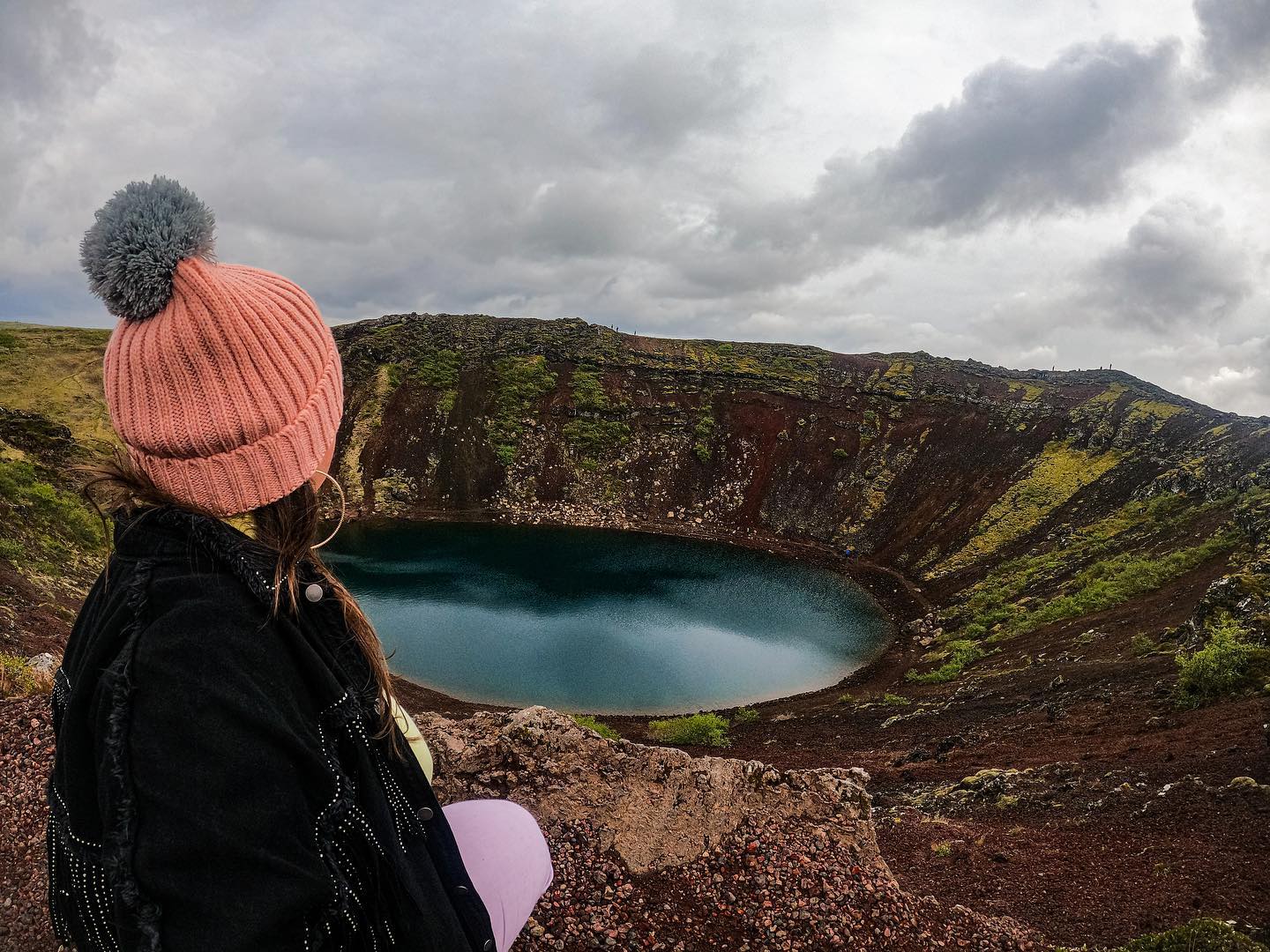
Everyone says the same thing: “Iceland is expensive!” I wanted to see if I could do Iceland on a budget and the truth is, it’s just not possible. You can certainly cut costs by avoiding certain activities, such as eating out at restaurants or taking taxis, but those steep Icelandic costs will still manage to creep up on you. Even a coffee in Iceland will run you about 650 krona, or $5.25. The cheapest lodging I was able to find in Reykjavik was around $60/night with a shared bathroom, and the cheapest lodging I was able to find without a shared bathroom was $97/night. Of course, you can go for hostels, but you will have to share a room and won’t be saving as much as you would in somewhere such as Thailand or even France. I managed to avoid taxis except for a doctors appointment I had for my mandatory covid test, and for a 7-minute taxi ride I paid $27. I primarily ate at local food halls and street carts, and still paid around $20 for each meal. The one time I did go to a proper (albeit casual) restaurant, for one beer and one plate of food, I paid around $50.
A big perk to paying for anything in Iceland is you truthfully do not need cash. Everywhere, from street vendors to taxi drivers to restaurants to cafes, accepts card. So, if you’ll save on anything, it’s on ATM fees and exchange rates, especially if you have a credit card that has no International Transaction Fee, such as Chase Sapphire Reserve.
4. The Itinerary
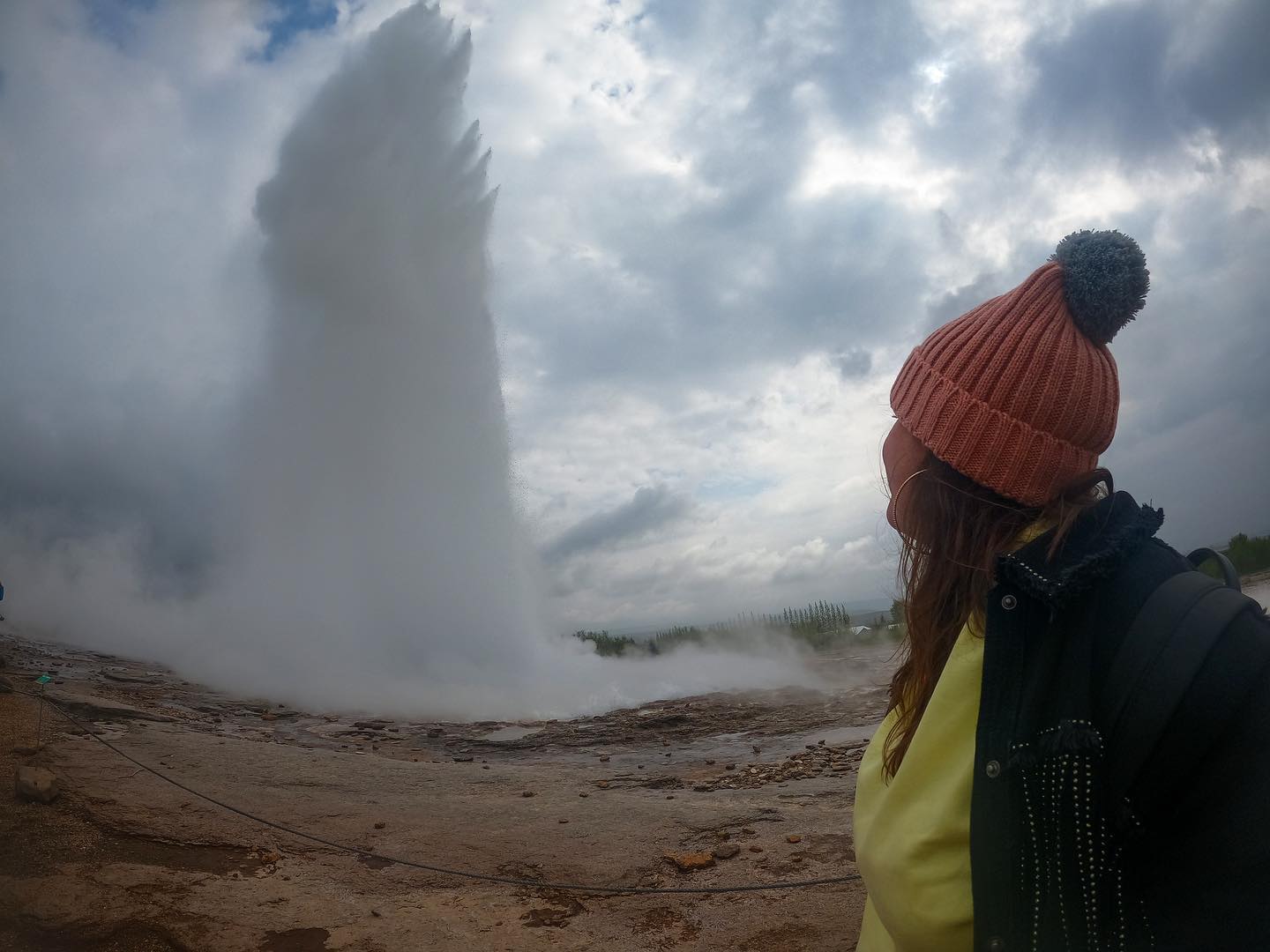
It’s a hard pill to swallow to narrow down what you have time to see while here. For such a small country, the options are seemingly endless. You could easily fill up a two-week itinerary with 12-hour days, but that’s not entirely realistic, and it’s also exhausting. Understand that you will not have time to see everything, and pick a top few things that are important to you, with a few backup plans if your time allows it. I went into Iceland thinking since it was so small that I could cram a bunch of bucket-list ticks in just a few short days, but it was unfortunately not the case. That’s ok, though; it gives me all the more reason to go back!
5. The Showers
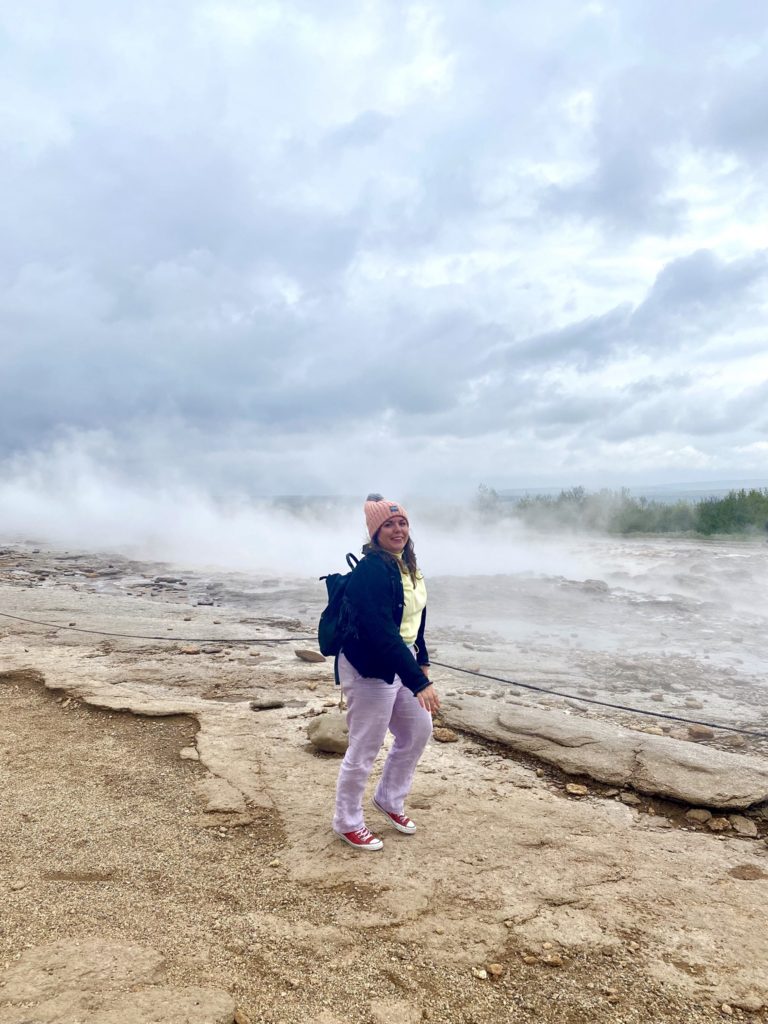
Is it silly to include showers on this list? Maybe so, but for me, taking a good shower with hot water and strong water pressure is important while traveling. Long airport days and endless sightseeing makes for that much stronger of a need to shower. I can’t tell you how many places I’ve been to, sweaty and gross from being out all day, just to have an unsatisfying sad lukewarm stream of water in place of a proper shower. In Iceland, this will never be an issue. The showers I took here are the best I’ve ever had in my life. The water is hot, strong, and clean. Even at public bath houses, the showers worked wonderfully, and most places provide locally crafted shampoos and soaps for you to indulge in.
6. The Tap Water
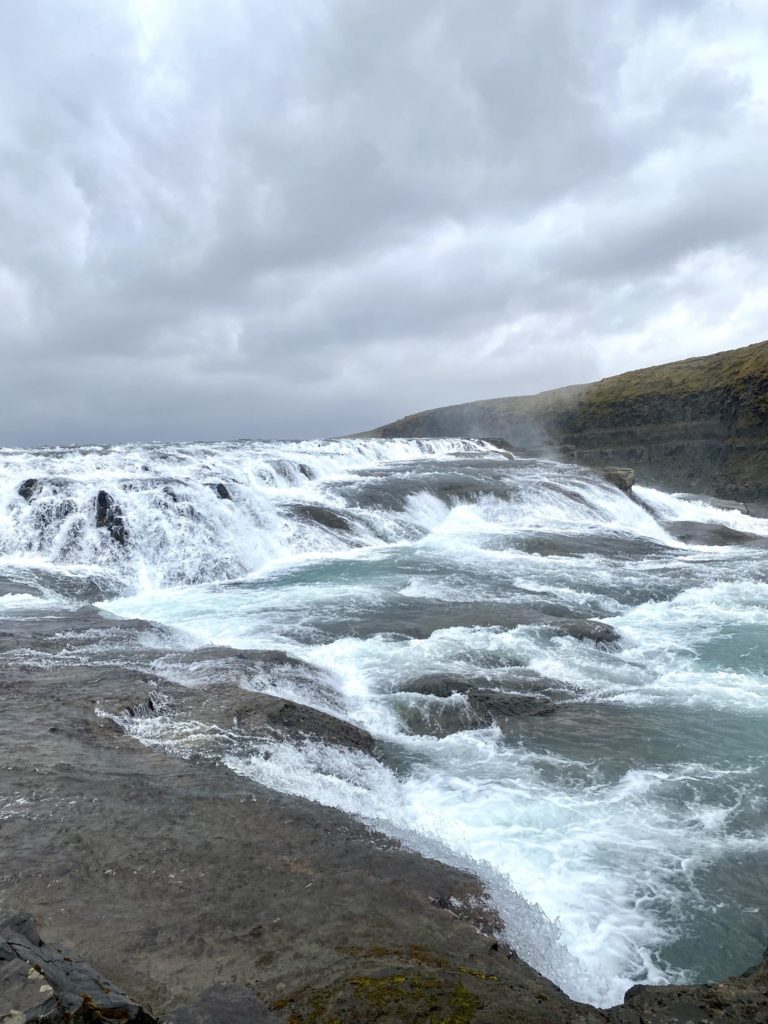
Traveling anywhere can be stressful, and a factor that does not help is being unsure as to whether or not the local tap water will leave you hunched over a toilet or worst. In Iceland, have no fear, because the tap water is some of the cleanest and best-tasting in the world. It is easy to refill your water bottle pretty much anywhere; there are locations for water taps all over the island, but if you have trouble finding one, go straight to the source of a local waterfall and collect water from there. Even a bathroom sink will taste better than most water you’re probably used to drinking. Travel usually means you need to step your water intake up a notch, and Iceland is a place you will never have to worry about being dehydrated. Skip buying bottled water in favor of Mother Earth, and bring a reusable bottle to carry around with you.
7. The Food
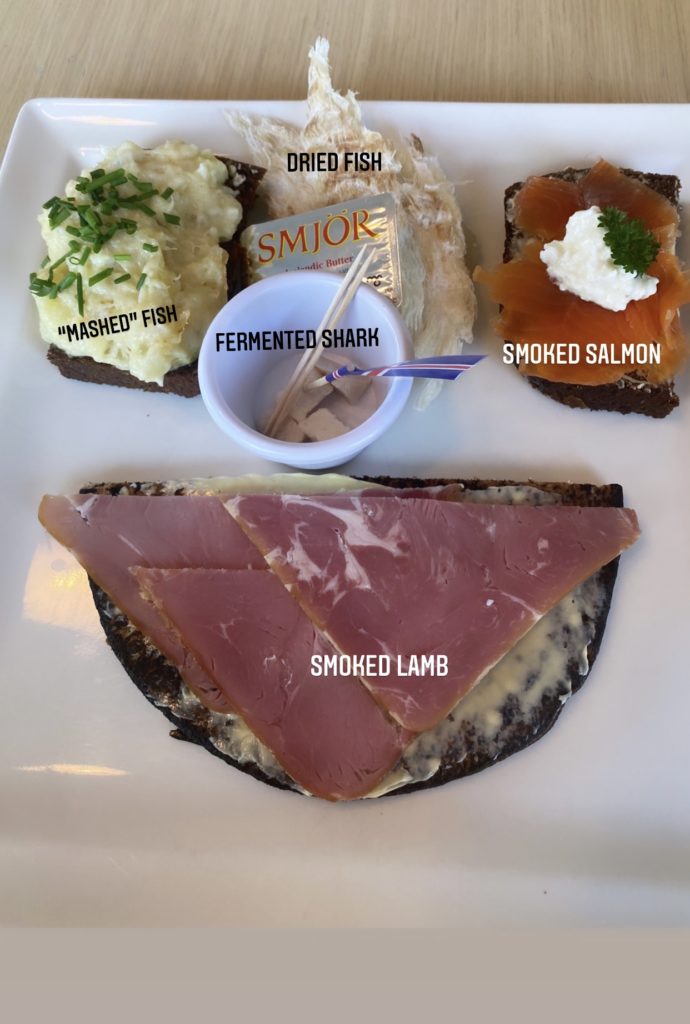
I will be honest; I was not looking forward to eating in Iceland. I heard everything was expensive, and that I should expect to see all kinds of exotic animals and funky/unfamiliar dishes on menus. While those two factors are true, Iceland’s food is top notch. The quality of everything I ate in Iceland blew me away. Every vegetable and piece of meat I ate tasted fresh and was simply prepared. Yes, you will see bizarre options such as whale sashimi, horse carpaccio, reindeer burgers, smoked puffin, and the infamous fermented shark, but Reykjavik’s downtown area has an array of dining options. Check out Bastard Brew and Bites on the weekend for their unlimited brunch. I assumed unlimited meant “bottomless drinks with a meal,” the way it is in New York, but it actually meant unlimited food for two hours. You order two things at a time and they come out on personal sized plates. I tried several things such as parmesan fries, a super decadent delicious duck wing, cauliflower tacos, and chicken and waffles. Iceland also has a ton of options for burgers and pizza, and though I tended to avoid those spots since I can get them easily at home, at least you know you have some more classic options if you want something familiar. Though I am not a vegetarian or vegan, I did see options on every menu catering to a plant-based diet. Surprisingly, my best meal was at a rest-stop area near the Geyser in the Golden Circle. There is a little cafeteria on site where they serve up fresh catch of the day and different meats; I got a sampler platter, trying a little slice of each piece of meat and fish, and it did not disappoint.
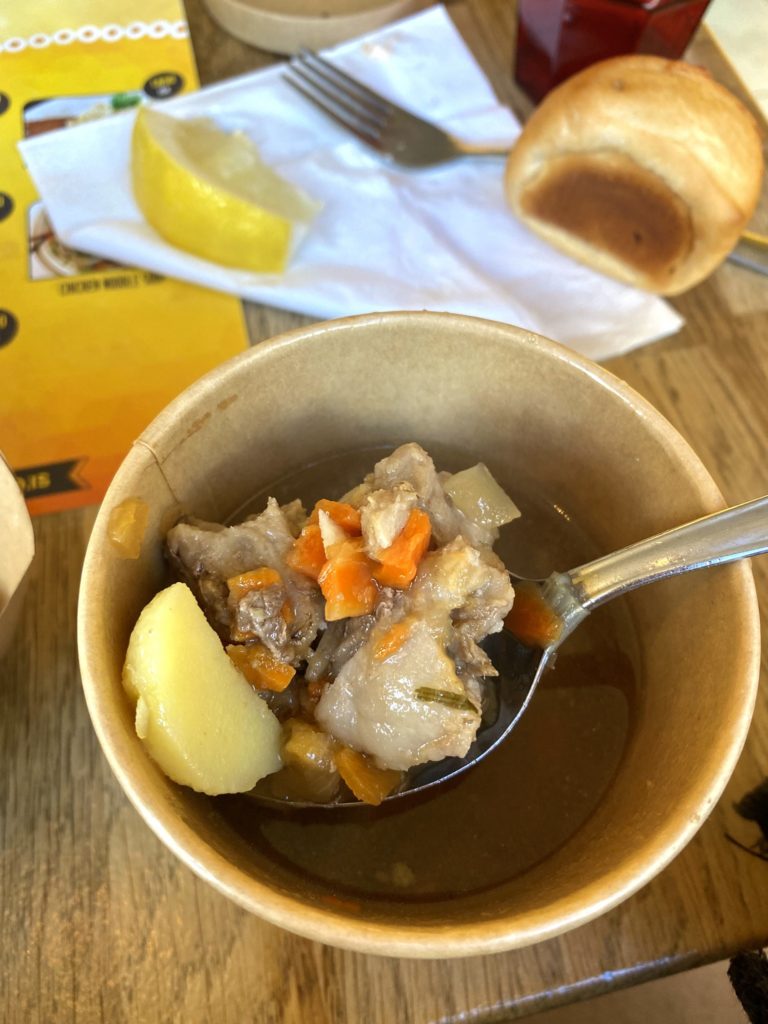
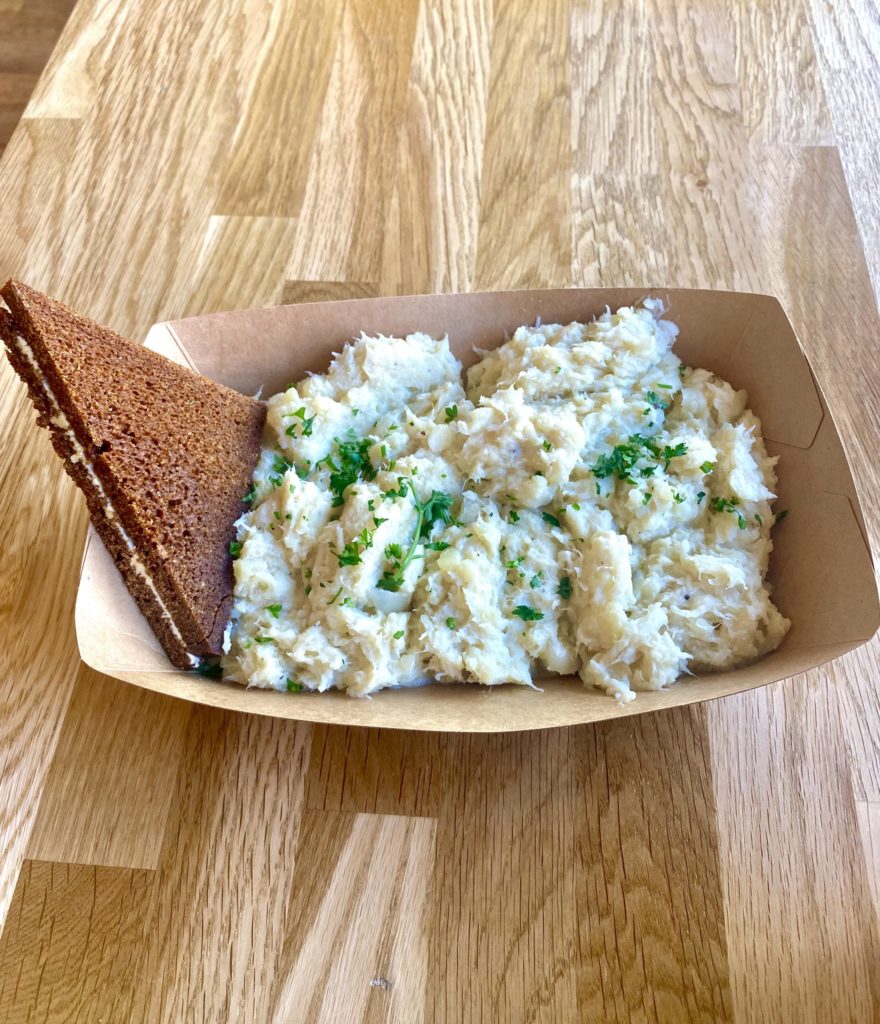
If you do want to try some classic Icelandic dishes without breaking the bank, I highly recommend ordering the meat soup and Icelandic fish stew from 101 Reykjavik Street Food. The owner is so lovely and energetic and the food is made fresh on the spot, clearly with a ton of love put into it. I went back twice, and my second time I also ordered fish and chips, which though might seem British, Iceland has decided to claim it since most of the fish served in the U.K. is imported from Iceland. Another classic Icelandic place to try is Cafe Loki. I saved this spot for my very last night, because, to be honest, all of the food sounded odd, maybe even off-putting, and I was nervous to try it, but hey, when in Rome. I ended up ordering the Loki variety plate, which had smoked lamb on rye bread, mashed fish on rye bread, dried fish, smoked salmon, and a small tasting of fermented shark. The fermented shark is just as disgusting as everyone says it is, but I felt I needed to try it while there. If you’re an adventurous eater and can grab a small portion of it, go for it! My only advice would be don’t smell it first, and just eat it. It smells like formaldehyde!
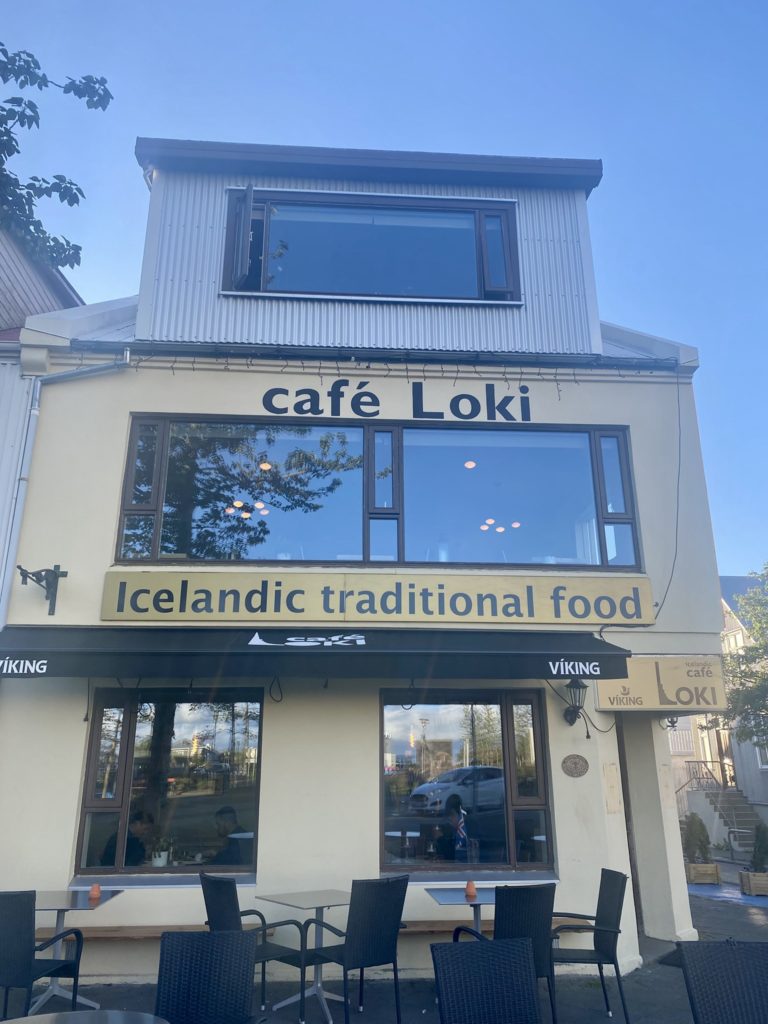
I would highly advise against ordering puffin or whale, though it may be tempting. Puffins are officially considered vulnerable, and the less tourists that create demand for them, the less likely they are to stay on menus. Whales are endangered and it is illegal to serve them in most countries, so though I understand the appeal of trying something local and new, Iceland has plenty of other options for you to eat adventurously.

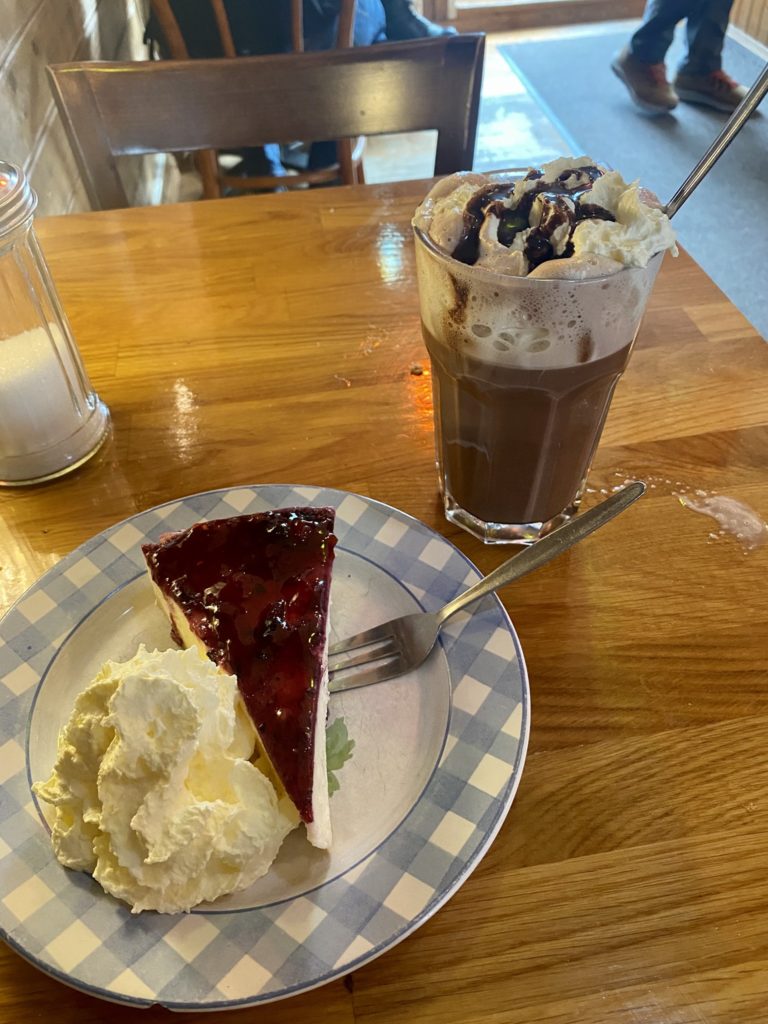
8. The Blue Lagoon
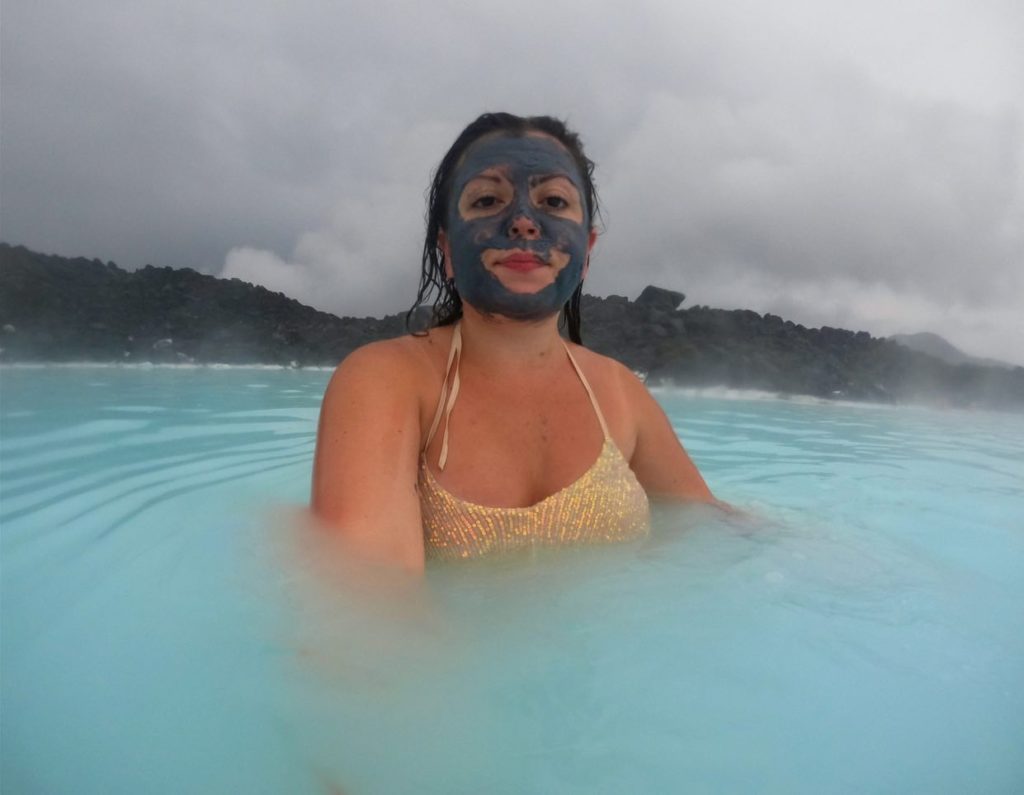
The Blue Lagoon is arguably Iceland’s most known/famous landmark. When you land at KEF International Airport, photos of the Blue Lagoon are plastered along the walls, listed as a wonder of the world. I was skeptical and unsure if I would make my way there. I knew it was a touristic thing to indulge in, and many guides to Iceland now advise you to skip it saying it’s both overcrowded and Iceland’s largest outdoor bathroom. Aside from that, it is pretty far removed from the city, and it is expensive to get in. But… The Blue Lagoon is one of my favorite things I did in Iceland. It is absolutely luxurious and fabulous. There were not too many people when I was there which could be because I went to Iceland shortly after they started letting tourists in, but if you go at the right time of day, I imagine you’ll have the same luck. For 56 euro, you get entry to the Blue Lagoon for the remainder of the day, meaning you can stay until closing time, an included drink of your choice (a soft drink or alcoholic), three face masks which are given to you in the order you are supposed to put them on, slippers, a towel, and a robe. The outdoor bath is quite large, and certain areas are hotter than others. It is mandatory to shower both before and after, and it is advised to keep conditioning in your hair as the minerals of the water can dry out your locks pretty quickly. So, yes, I know The Blue Lagoon is touristy and expensive, but in my opinion, it was completely worth it to pamper myself for a day for about 80 USD. And, hey, that’s cheaper than a spa day would cost back at home.
9. The Time of Year
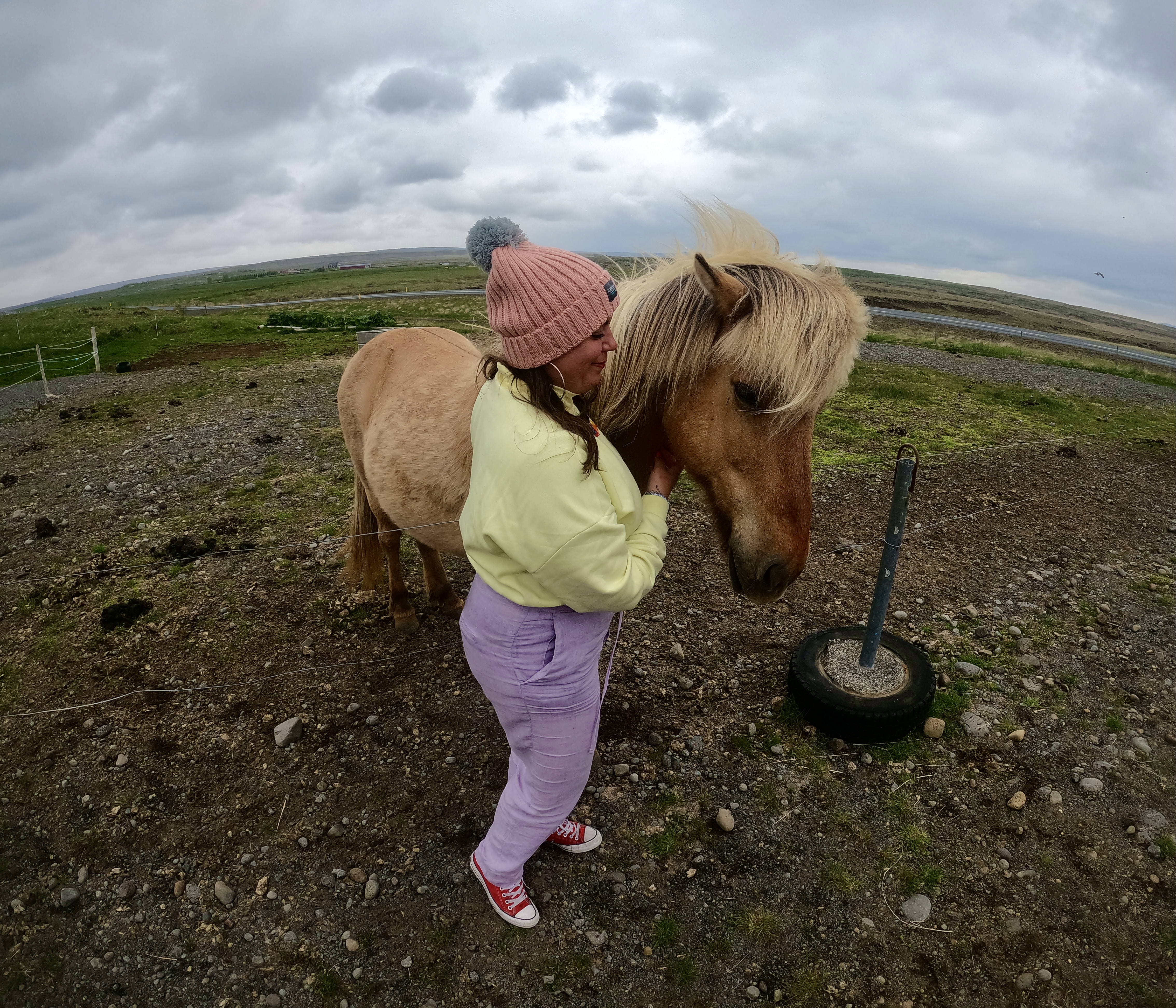
Timing is an important factor to keep in mind. Iceland has drastically different winters than summers. Your trip will have different itineraries based on when you choose to travel. Here’s a breakdown:
Summer: Be prepared for 24 hours of daylight. Though your weather app may say the sun sets at midnight, it never actually gets dark out. This can make it difficult to sleep and be mentally confusing. Most hotels and guesthouses will offer blackout curtains, but of course, if you’re camping around the island, you’ll want to bring an eye mask. The great part about visiting in the summer is the road conditions are much clearer, and many hikes/trails are easier because there’s no ice. It’s also a great time to see Puffins and to go whale-watching. It’s also primetime for enjoying one of Iceland’s many hot springs and natural baths. Don’t let the idea of “summer” fool you; Iceland does not really get warm. I went in June and with several layers, thick socks, a hat, scarf, and decent pants, I was still pretty cold. The temperatures hang out around 45 degrees F, or 7-8 degrees Celsius. Glaciers and places such as Diamond Beach are still visitable in the summer; don’t expect them to be melted just because it’s not freezing out.
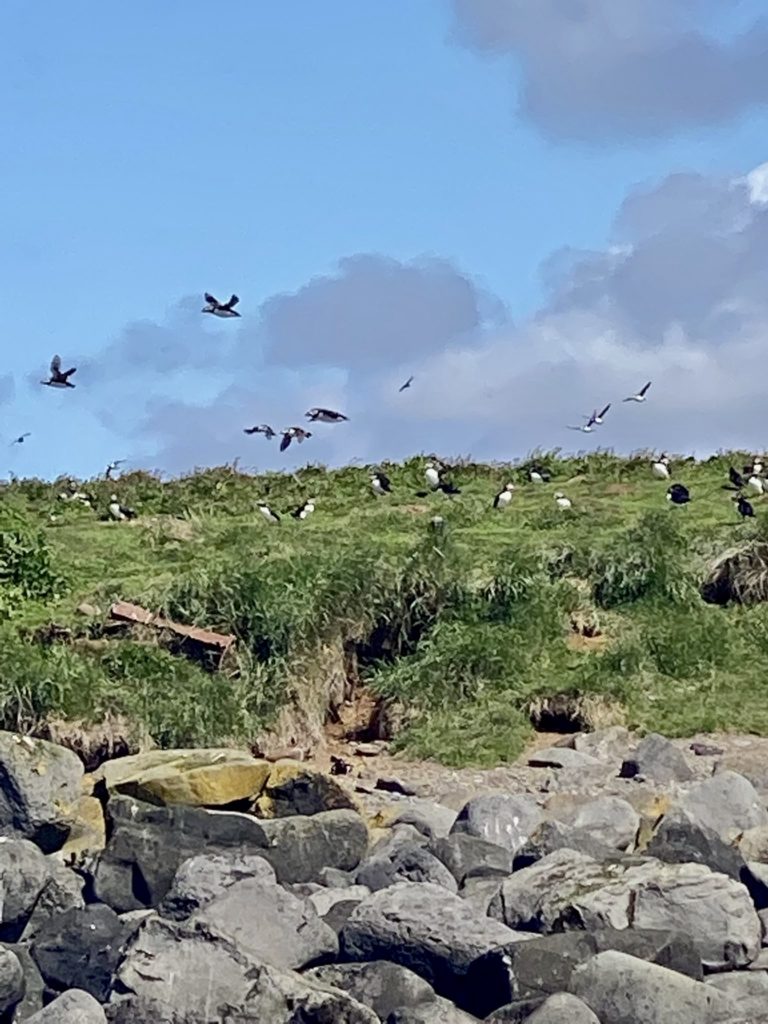
Winter: The obvious best perk of visiting Iceland in the winter is the increased chance you’ll catch a glimpse of the Northern Lights. However, there’s never a guarantee that you will actually sight these natural wonders of the world, so proceed with caution. Winters in Iceland mean close to 20 hours of darkness, and only 4 hours of sunlight. The winters are much colder and leave for unpredictable driving conditions. You can visit some of Iceland’s famous landmarks and see them in an entirely different way: frozen waterfalls, ice caves, and even snowmobiling over a glacier! Iceland also holds several events in the winter; from music festivals to Christmas activities to an annual snowboarding festival.
10. The Transportation
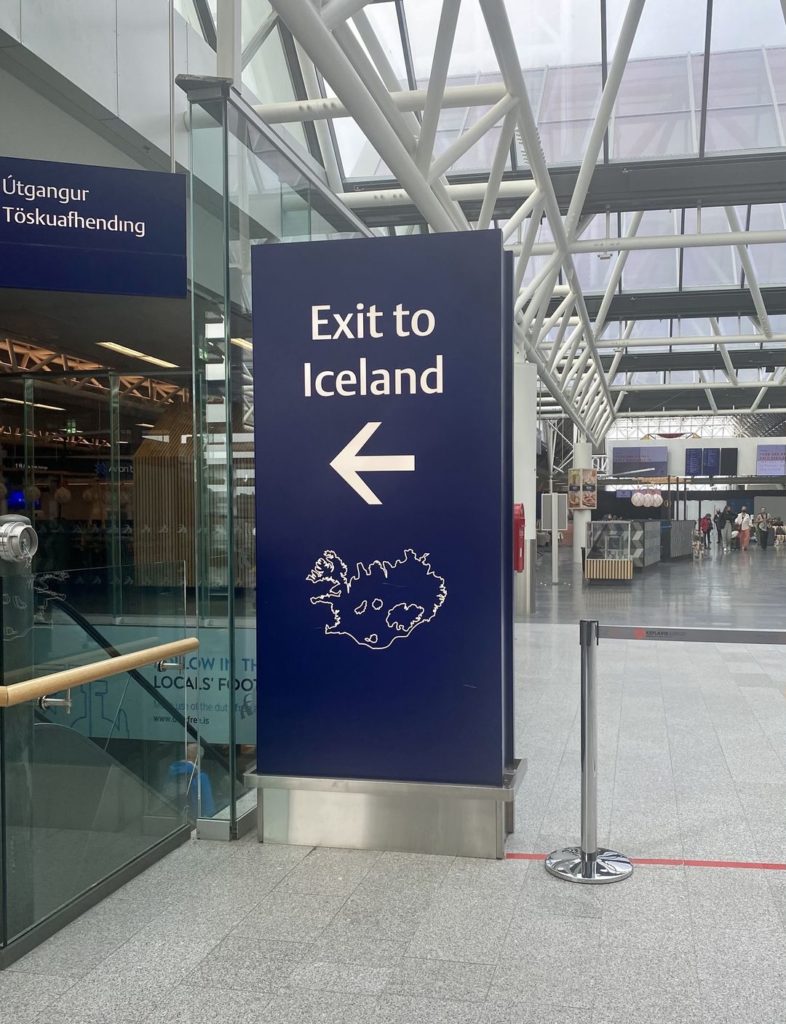
Getting around in Iceland can be narrowed down to two options: rely on guided tours, or renting a car. Public transportation is almost nonexistent outside of Reykjavik. If you only plan to stay in Reykjavik, using guided tours is a great option. You can book day trips to the Golden Circle, South Island, Snaefellsness Peninsula, Volcano Hikes, Puffin and Whale-Watching Tours (depending on the season), and more. Just be prepared for long days with several hours spent on a bus. If you want to travel at your own pace, and maybe take it a little slower, having a car is essential. I relied on tours as I was only in Iceland for a few days, and though I was able to cram a lot in my short time there, I believe having a car is the best option to properly explore the island. As mentioned, there is SO much to see here, with many hidden gems along the routes. Think about it, if you have a car, you can stop on the side of the road when you see cute little sheep, horses, and otherworldly sights. Know that both ways are indeed possible and enjoyable, but the primary difference is, with a car, you will have more freedom to stop and go as you please.
Without a car, transportation to and from KEF International Airport into downtown Reykjavik is easy as ever. It’s easy to book this ahead of time so it’s less hassle at the airport. For about 30 USD one-way, it takes an hour from the airport to the city. You can purchase the ticket on the bus (with a card) or you can book ahead of time. Keep in mind, taxis in Iceland are extremely expensive, so though $30 may seem steep for a bus ride, it’s nothing compared to the $200 taxi ride.
DISCLAIMER: I might make a small commission from some of the links throughout this article, but the price is the same for you. This helps keep my business running so I can continue to provide free travel tips!
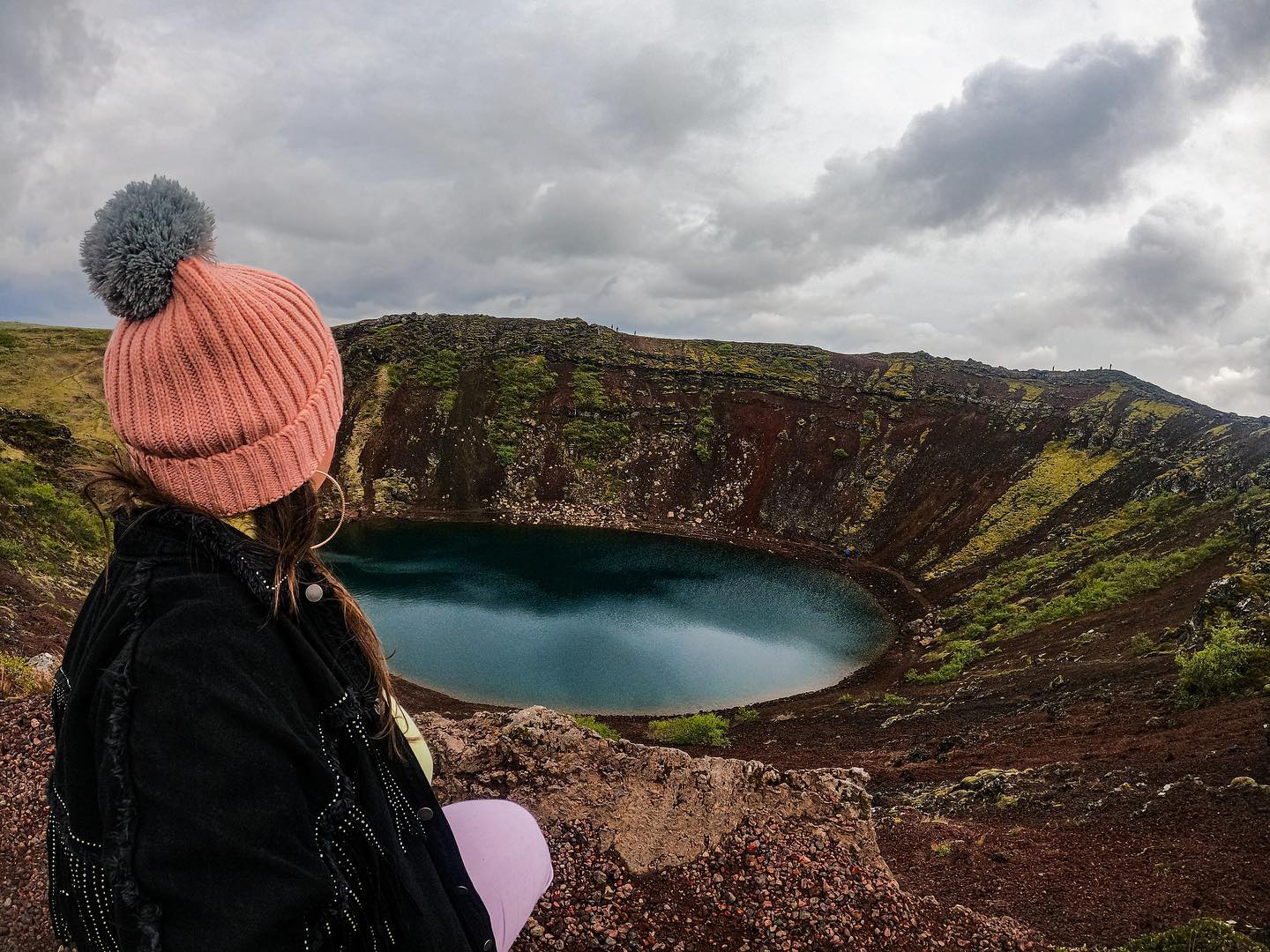
Thanks.
No Problem!
It’s hard to come by knowledgeable people for this subject, but you seem like you know what you’re talking about! Thanks
Thank you so much for sharing this wonderful post with us.
You’re so interesting! I don’t think I have read a single thing like that before. So wonderful to discover another person with some genuine thoughts on this topic. Seriously.. thanks for starting this up. This web site is something that is needed on the web, someone with a little originality!
Bahamas Premium Transfers is proud to serve private transportation from Nassau Airport to Rosewood Baha Mar with professional cheuffeur.
Riu Paradise Island has a white sand Beach and mesmerizing locations if you want to make your day special on the island hire our luxury cars for the trip to Nassau Airport to Riu Paradise Island.
Pingback:10 Safest Countries For Solo Female Travel – Travelling Europe
Airport Transfers Bahamas is proud to serve in Baha Mar with professional transportation services.
Atlantis Resort Bahamas has a white sand Beach and mesmerizing locations if you want to make your day special on the island hire our luxury and SUV’s cars for the trip to Nassau Airport to Atlantis
Pingback:One-Day Itinerary For Bologna, Italy - No Man Nomad
Pingback:How to Take a Day-Trip to Monaco (& stay on a Budget) - No Man Nomad